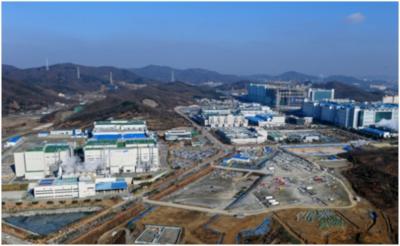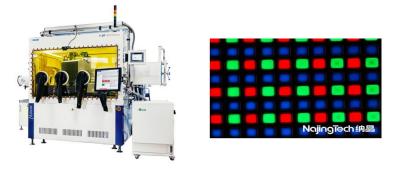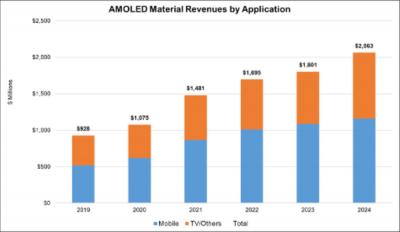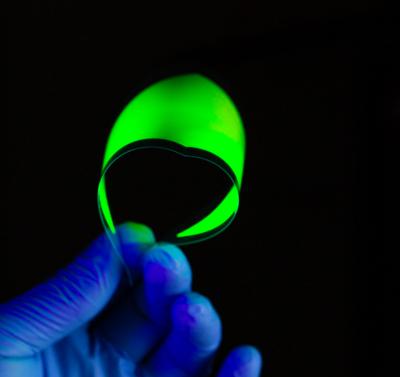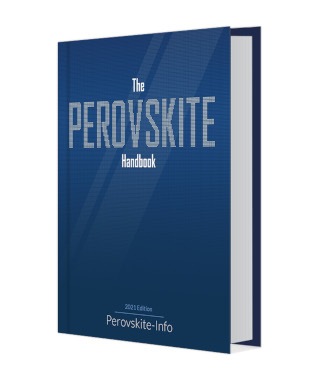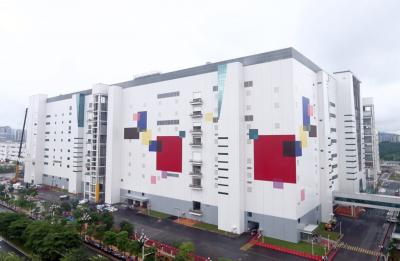Is BOE launching a 55-inch AMQLED TV display?
BOE has unveiled a new display, a 55" 4K quantum-dots panel, which it calls AMQLED (active-matrix Quantum Dot LED) display. This display uses electroluminescent QD technology - which is similar to OLEDs but with QD emitters. BOE says the display achieves a color gamut of up to 119% NTSC, and a contrast ratio of 1000000:1.
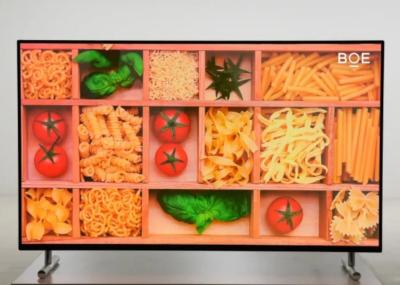
The reports claims that BOE launched this as a commercial product, but the details are not clear. This technology has been under development for many years, but it hasn't reached the performance required by commercial products, so this is a bit puzzling, hopefully we'll learn more soon.


